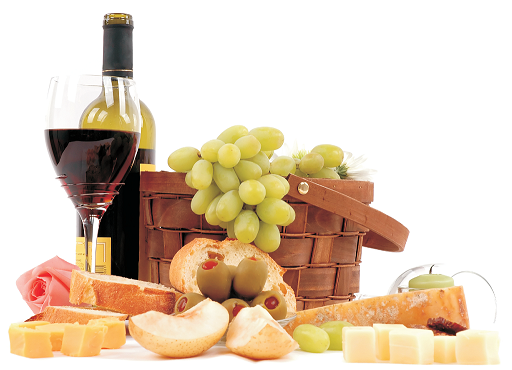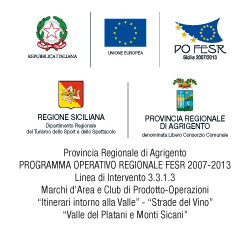It's a path that winds through six cities: Menfi, Sambuca di Sicilia, Santa Margherita Belice, Montevago, Burgio and Caltabellotta.
Menfi is one of the cities that together with Sambuca di Sicilia, Santa Margherita di Belice and Montevago, fall in the Belice Valley and are members of the Sicane Wine Road Terre , born from the union of public and private entities in the area for the appreciation of local food and wine. A project that drove the cities to pool their energies and resources together with those of wine producers, farms, restaurants, hotel owners and craftsmen to ensure, with targeted events, events and services, a better quality visit.
A visit to the places of the Sicane Wine Lands serves not only to see and appreciate the architecture and natural beauty, but also to see and enjoy the uniqueness of the area, and unique flavors that this land has created, preserved and guaranteed over time. So this fascinating land, rich in history and where environmental beauty corresponds to a rich agriculture, primarily for its wine production.
The wine of these areas has brought forth one of the most important wine-making and cultural initiatives in Italy: Inycon - Craft Show and Wine Festival.
These lands reserve pleasant surprises at every corner and, although the main activity is the "Terre Sicane" winery, one must not forget that these are lands that give life to a wide range of local ecotypes. Which is the case of the artichoke of Menfi and the prickly pear of Santa Margherita.
Santa Margherita Belice, in particular, is the largest manufacturer of the prickly pear, the most characteristic fruit of Sicily.
Herding (sheep) and the dairy business also occupy an important role. The recognition of a local breed: the sheep of the Belice Valley and the production of "Vastedda Belice" (a small, flat cheese) are unique.
Here, even the pastries are affected by ancient tradition, which is the case of the cake which one cannot pass up in Sambuca di Sicilia, the "minne di virgini". This sweet is linked to Sambuca-Zabut in the eighteenth century, and specifically to the noble Beccadelli family. Donna Francesca Reggio became Marquise of Sambuca when she married Don Giuseppe. At the wedding of his only son, Pietro, he asked Sister Virginia Casale of Rocca Menna of the convent of Mary "to put her all into it" and to come up with something completely new. In 1725, Sister Maria Victoria, the last nun of the order of the convent, created one of the sweetest pastries off all Sicilian pastries.
The people of Burgio have succeeded in combining the riches that the earth offers with the needs of the palate: traditional delicacies of culinary and traditional foods. The milk processing here gives rise to the variety of delicious cheeses (primosale, canestrato, ricotta), and the same mastery in elaboration of culinary refinement can be found in the delicious grilled sausages along with stigghiole (lamb intestine stuffed with onions, salt spring onions, salt and pepper).
The typical products of burgitana agriculture (oranges, peaches, olives) are among the most famous in Sicilian production for the precious qualities they possess.
Caltabellotta, finally, in addition to its valuable historical-artistic heritage and landscape, boasts an area rich in farming and food.
Oil is one of the fine products made in the territory. Caltabellotta oil has been famous since ancient times for its distinctive organoleptic characteristics, and for its unique goodness which is obtained from the cultivation of two varieties of local olive trees: the " biancolilla "the" Nocellara del Belice ".
So the local cuisine reflects much of traditional and local products. It is a "peasant" and "poor" cuisine, made of simple dishes, not elaborate but very original and tasty, robust concrete flavors. Don't forget: "la froscia", (a dish made of bread with eggs, cheese, ricotta, milk and asparagus) traditionally cooked on Easter; "lu cannaleri" (a colored hard-boiled egg, harnessed into a sweet pastry made with eggs, shaped into a fish, dove or basket); and at Christmas, "i cuddureddi" (pastries filled with fig jam).



